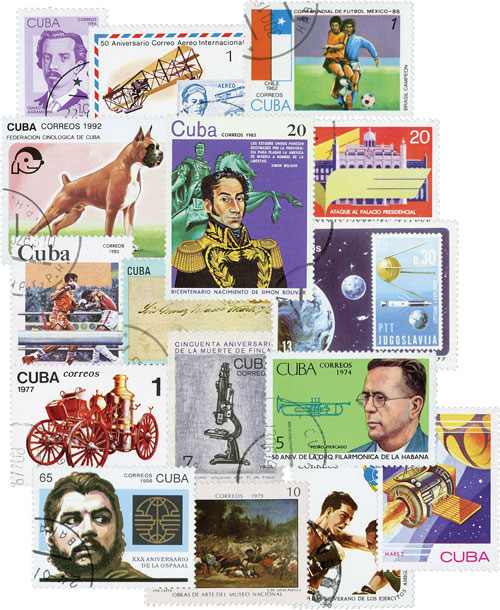
Bay of Pigs Invasion
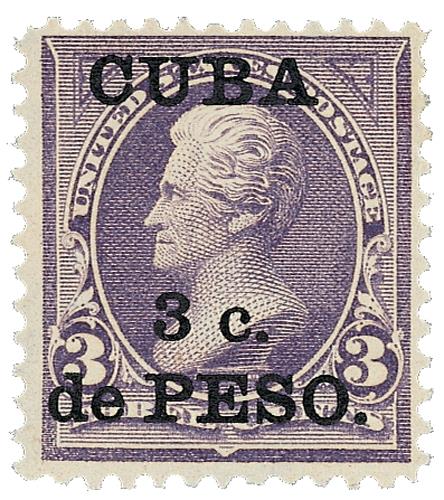
On April 17, 1961, a group of Cuban exiles launched an operation in Cuba known as the Bay of Pigs Invasion. It was an important event in the Cold War, and led to major changes between the US, Cuba, and the Soviet Union.
The US and Cuba have long had a close relationship. Following the Spanish-American War, the US established a military government there from 1898 to 1902. Cuba’s 1901 constitution included a provision called the Platt Amendment, which allowed the US to intervene in Cuban affairs and buy or lease naval bases there. After the Republic of Cuba was formed, American forces were called back in from 1906 to 1909 to quell a rebellion and again in 1917 to protect American-owned sugarcane plantations.
In 1933, army sergeant Fulgencio Batista overthrew the government and pursued friendly relations with the US. In 1934, the US and Cuba signed a treaty ending the provisions of the Platt Amendment, except the permanent lease of Guantánamo Bay for use as a naval base.
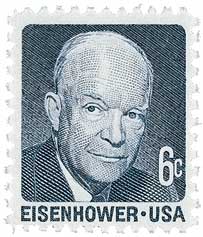
Batista ruled Cuba through figurehead presidents from 1936-1940. In 1940, Batista was elected president – but with a one-term limit. He moved to Florida after his term ended, but returned to Cuba in 1952 to run for president again. When it became clear he was going to lose, he overthrew the government again and established himself as dictator with the support of the US. Batista allied himself the American owners of the largest sugarcane plantations, revoking the right of Cubans to strike, and many other political liberties. The economy stagnated under Batista and he outlawed the Cuban Communist party in 1952. Despite the country being technologically advanced relative to most Latin American countries, most Cubans remained quite poor.
Fidel Castro, a young lawyer, was among the political activists who opposed Batista’s dictatorship. Castro formed a revolutionary group and waged a guerrilla war against the Batista government. The dictator’s attempts to neutralize Castro and his men made the rebels more popular with the people. By mid-1958, public support for Batista was crumbling. On January 1, 1959, Batista fled Cuba.
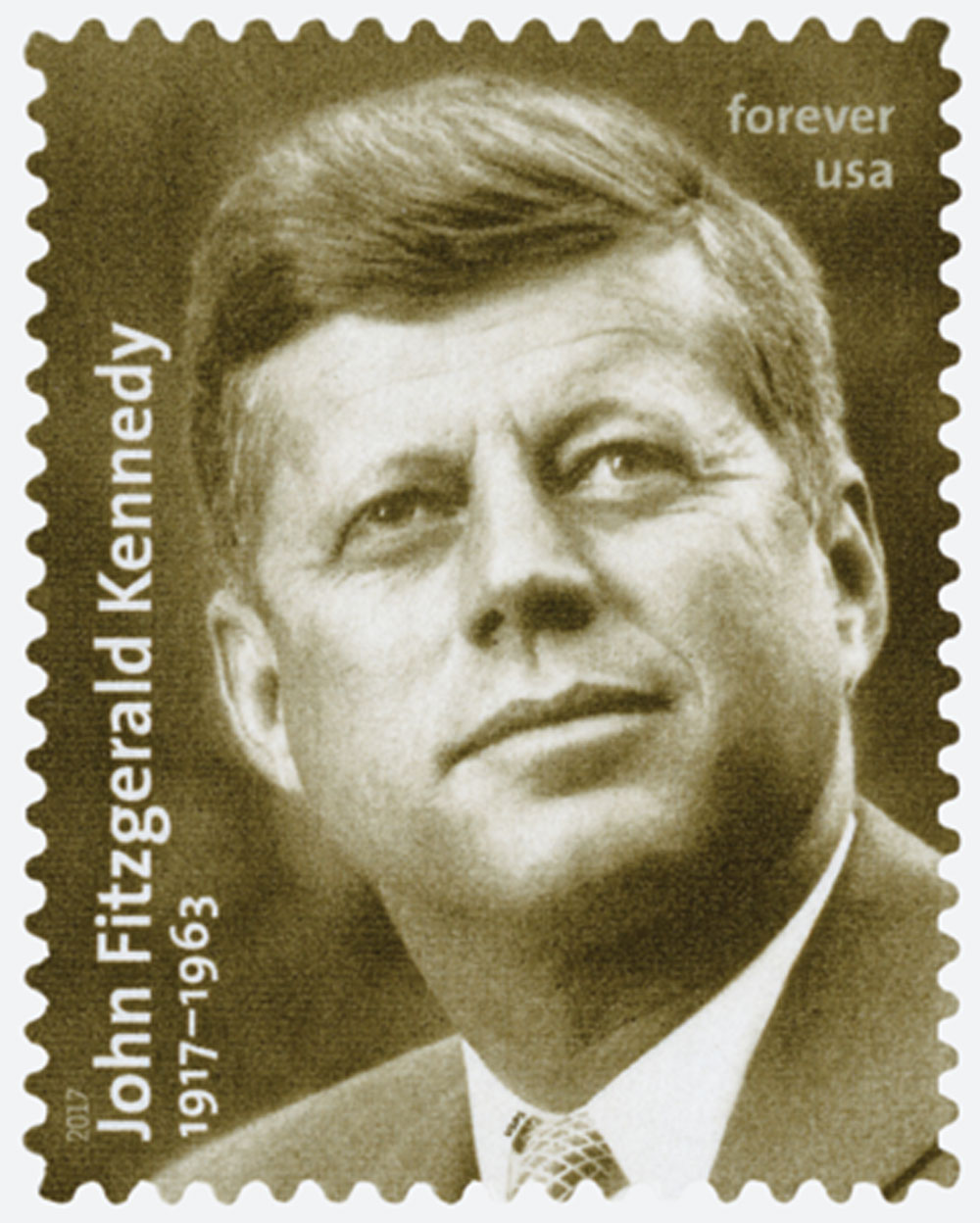
Castro’s forces quickly took control of the country and Castro established himself as premier. The US initially supported Castro’s government, believing he would bring democratic-capitalism to Cuba. However, when Castro legalized the Communist party and oversaw the trials and executions of 550 Batista supporters, relations declined sharply. This culminated with the Agrarian Reform Law passed by the Revolutionary Government in May 1959. It limited the amount of land a single proprietor could own to 406 hectares, seizing any land that exceeded that amount. The law did provide compensation for the land based on the value declared by the land owner on their taxes. A range of sanctions were enacted over the next five years, until a total ban on trade was enacted. On January 3, 1961, Eisenhower ended diplomatic relations.
Castro established a one-party Communist system and pursued a close relationship with the Soviet Union. The Soviet Union contributed a great deal of financial aid to Cuba – the nation’s economy grew very dependent upon this assistance.
As the revolution grew more radical, large numbers of Cubans fled their country. Once in America, many of these exiles worked to undermine Castro’s regime. In 1959, a group of anti-Castro exiles even hired US planes and flew over Cuba, dropping leaflets and small firebombs.
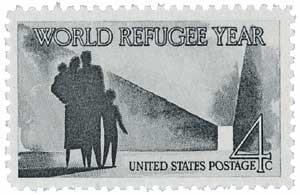
On April 17, 1961, a group of exiles invaded Cuba at the Bay of Pigs, located on the south coast of Cuba. Backed by the US Central Intelligence Agency (CIA), these invaders had been assured of military assistance from the US. However, President John F. Kennedy refused to give military aid to the exiles. As a result, Castro’s forces crushed the invasion. Most of the exiles were captured. The Bay of Pigs invasion was a disaster and helped to solidify Castro’s power.
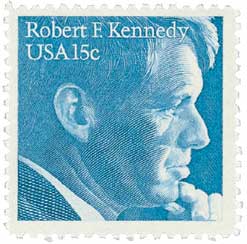
After the Bay of Pigs invasion, Castro believed the US would attempt a full-scale military invasion. He asked the Soviet Union aid and they sent nuclear missiles. When US intelligence discovered the presence of nuclear weapons in Cuba, President Kennedy ordered the US Navy to blockade the island, preventing any further shipments of weapons. The president demanded that the Soviet Union remove all the weapons. For a few tense days, Americans and people all over the world nervously anticipated nuclear war. Finally, the USSR agreed to remove the missiles. In return, the US promised not to attack Cuba. Defiant as ever, Castro protested this decision to the Soviets. Although the missiles were removed, thousands of Soviet troops remained in Cuba.
